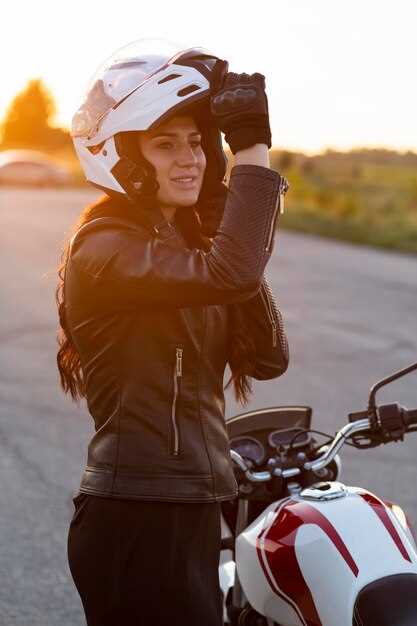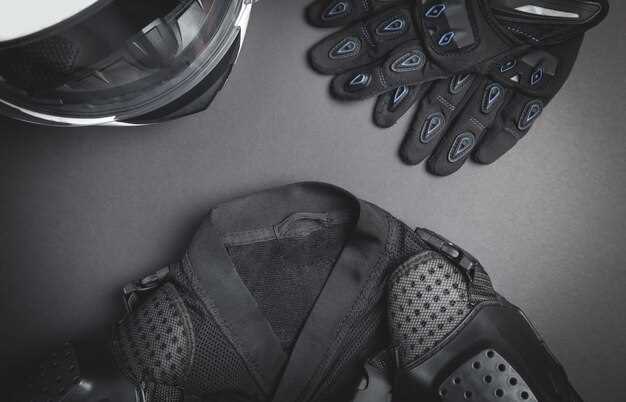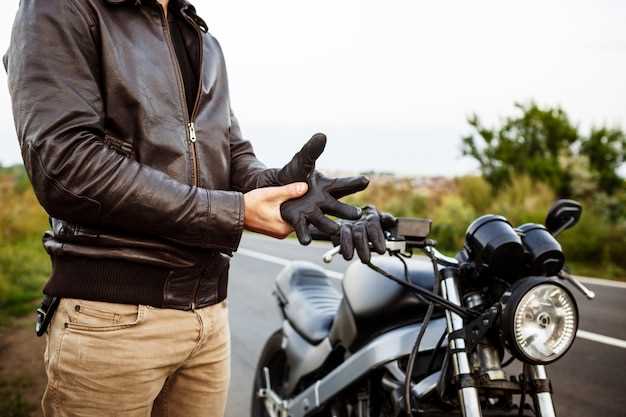
When it comes to capturing the thrilling essence of motorcycle culture, photography plays a pivotal role. Engaging imagery not only highlights the beauty of the bikes but also conveys the emotions of freedom and adventure associated with riding. However, to truly elevate your motorcycle photographs, the right equipment is essential.
In this article, we will explore the must-have gear that every motorcycle photographer should consider. From cameras and lenses to accessories that enhance shooting capabilities, having the right tools can significantly impact the quality of your shots. Understanding how to utilize each piece of equipment will allow you to capture the unique nuances of motorcycle dynamics and landscapes.
Whether you’re a seasoned professional or an enthusiastic amateur, equipping yourself with the right photography tools will help you realize your creative vision. Join us as we delve into the indispensable items that every motorcycle photographer should include in their kit, ensuring you’ll never miss an opportunity to capture the perfect ride.
Choosing the Right Camera for Action Shots

When it comes to motorcycle photography, selecting the appropriate camera is crucial for capturing stunning action shots. The fast-paced nature of motorcycle riding demands equipment that can keep up with the speed and movement. Here are some key factors to consider when choosing a camera for this exciting genre of photography.
1. Autofocus Performance: A camera with a fast and reliable autofocus system is essential for tracking moving subjects. Look for models that feature continuous autofocus (AF-C) settings, allowing the camera to adjust focus in real time as the motorcycle moves within the frame.
2. Burst Shooting Speed: Action shots often require a series of frames captured in rapid succession. Opt for a camera that offers high frame rates (measured in frames per second, or FPS), enabling you to shoot multiple images in quick bursts. This feature is vital for capturing the perfect moment during intense action sequences.
3. Image Stabilization: To counteract the vibrations and movements inherent in motorcycle photography, a camera with effective image stabilization (IBIS or lens-based) can make a significant difference. Stabilization helps produce sharp images, even when shooting at slower shutter speeds.
4. Low Light Performance: Often, motorcycle events take place during varying lighting conditions, from early morning to late evening. A camera with good low light performance, indicated by its ISO capability, will allow you to maintain quality images without excessive noise, even in dimly lit environments.
5. Lens Options: Consider the versatility of lenses available for your chosen camera system. A fast zoom lens with a wide aperture (e.g., f/2.8) can be invaluable for action shots. Focal lengths in the range of 24-70mm or even a telephoto lens can help you get closer to the action while maintaining image quality.
6. Durability and Weather Resistance: Motorcycle photography can expose your gear to challenging environments. A camera that is built to withstand harsh conditions, including dust and moisture, will provide peace of mind while you’re out in the field.
In summary, selecting the right camera for motorcycle photography is critical for capturing action shots effectively. Focus on the autofocus system, burst shooting speed, image stabilization, low light performance, lens versatility, and build quality when making your choice. With the right equipment in hand, you’ll be able to freeze those thrilling moments on the track and share the excitement with others through your photography.
Optimal Lenses for Capturing Motorcycle Motion
When it comes to motorcycle photography, selecting the right lens is crucial for capturing dynamic action and motion. Fast-moving motorcycles demand lenses that excel in speed and clarity. Generally, prime and fast zoom lenses are the most recommended choices.
A prime lens, such as a 50mm f/1.8 or 85mm f/1.4, offers excellent sharpness and beautiful background blur due to their wide apertures. These lenses work wonderfully in low-light conditions, allowing for stunning shots without excessive motion blur, especially during sunset or early morning rides. Their lightweight design is also advantageous for quick movements and positioning during a shoot.
For those who prefer versatility, a fast zoom lens like a 24-70mm f/2.8 can be ideal. This lens provides the flexibility to zoom in on details or capture wider shots of a motorcycle in action. The constant aperture allows for consistent exposure settings, making it easier to focus on the action without worrying about varying light conditions.
Telephoto lenses, such as a 70-200mm f/2.8, are particularly useful for capturing motorcycles at a distance. They allow photographers to maintain a safe distance while still framing impressive images, perfect for capturing high-speed cornering or jumps without risking safety. The compression effect of telephoto lenses can also enhance the dynamic feel of a moving bike against the backdrop of blurred scenery.
Finally, consider using image stabilization features available in many modern lenses. This technology can greatly assist in reducing the effects of camera shake, especially useful when shooting at slower shutter speeds to create motion blur in the background while keeping the motorcycle sharp. Choosing the right lens coupled with an understanding of motion techniques will elevate your motorcycle photography significantly.
Essential Accessories for Enhancing Image Quality

When it comes to motorcycle photography, having the right gear is crucial for capturing stunning images. To elevate your photography, consider these essential accessories that significantly enhance image quality.
1. High-Quality Lenses: Upgrading your lens can dramatically improve sharpness and color accuracy. A prime lens with a wide aperture is ideal for low-light conditions, allowing for beautiful bokeh effects and crisp detail. A versatile zoom lens can also help in various shooting situations, providing flexibility without changing gear frequently.
2. Filters: Utilizing filters, such as polarizing or ND filters, can enhance your images by reducing glare, improving contrast, and controlling exposure. A polarizing filter helps saturate colors, especially in landscapes, while ND filters allow for longer exposure times, creating striking motion blur effects with moving motorcycles.
3. Tripod or Monopod: A stable platform is essential for capturing sharp images, particularly in low lighting or when using slower shutter speeds. A sturdy tripod can stabilize your camera for long exposures, while a monopod offers mobility without sacrificing support, making it easier to shoot dynamic motorcycle shots.
4. External Flash: Natural light is wonderful, but an external flash can provide additional illumination in shadowy conditions or at sunset. Off-camera flash techniques allow you to create dramatic lighting scenarios that enhance the three-dimensional quality of your subjects.
5. Lens Cleaning Kit: Dust and smudges on your lens can ruin an otherwise perfect shot. Keeping a cleaning kit handy ensures that your gear remains in top condition. Use a microfiber cloth, lens brush, and cleaning solution to maintain clarity and avoid unwanted artifacts in your images.
6. Camera Bag: A protective and organized camera bag is essential for safe transport of your gear. Look for bags with padded compartments to shield your equipment from impacts and weather elements. Accessibility is also important; choose a bag that allows you to quickly grab your gear when the perfect shot presents itself.
By incorporating these accessories into your motorcycle photography setup, you can significantly enhance the quality of your images, making your shots more professional and visually appealing.





